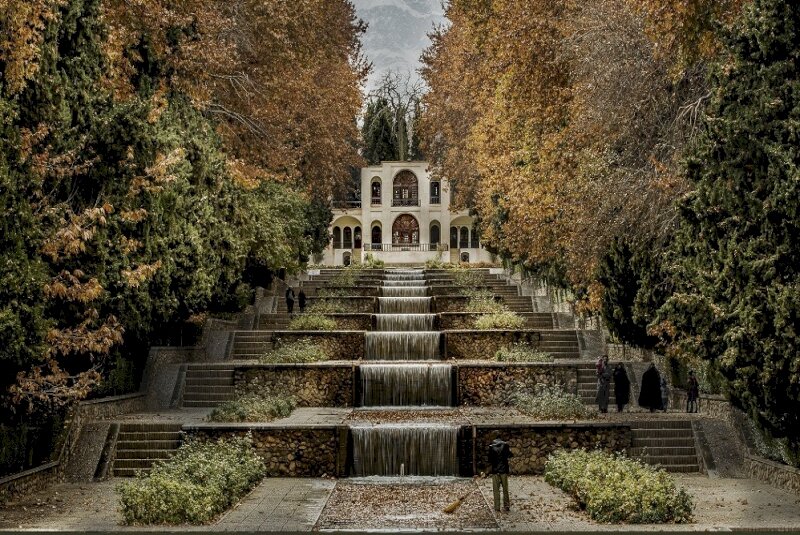Cypress trees planted in UNESCO-tagged garden

TEHRAN – A total of 100 cypress trees were planted in the UNESCO-designated Shazdeh Garden to mark National Tree Planting Day, the director of the World Heritage site has said.
Seeds from the original cypress trees in the garden, which is situated in Kerman province, were used to grow these 100 cypress trees in the greenhouse, Fuzieh Farahbakhsh said on Saturday.
This garden currently has over 320 historical trees, the official said, adding, “Whenever possible, seedlings from the native and original species of the garden are planted in a suitable place according to the pre-determined plans for the preservation of the garden and its trees, so if an old tree needs to be removed, a new tree can be planted in its place.”
The preservation of the historical and old trees of Shazdeh Garden is a priority, so any action such as deciding whether to remove or even heavy prune the trees will be done with the necessary permissions, she noted.
Based on the opinion of specialized consultants on trees and green spaces, the garden is now in a good condition due to regular control and monitoring of the trees, she mentioned.
Shazdeh Garden, which is an enigmatic green oasis in the heart of a desert in the southeast Kerman province, was constructed under the command of Mohammad Hassan Khan, the ruler of Kerman during the Qajar era (1789–1925). Apart from the beauties of the garden, two-storey mansions in the western and eastern parts of the garden perfectly represent Persian architecture. The main material used in them is brick and the art of tiling is easy to recognize.
In 2011, a selection of nine Iranian gardens, including Shazdeh Garden, which bears important architectural, traditional, and cultural elements, were collectively inscribed on the UNESCO World Heritage list under the title of “The Persian Garden.”
One outstanding feature of Persian gardens is the arrangement of a pond in the center of the structure. The dance of fountains in the middle of Shazdeh Garden has given an admirable view to it that leaves everyone in wonder and appreciation.
For millennia, Iranian gardens have combined the magic of nature with the aesthetic qualities of art and architecture to create a symbolic representation of paradise on Earth.
The genuine concept of the Persian Garden that is deeply rooted in time interweaves natural elements with manmade components to embody an idea of creating a paradise on Earth by the means of artistic, philosophical, figurative, and religious notions.
UNESCO says the flawless design of the Persian Garden, along with its ability to respond to extreme climatic conditions, is the result of an inspired and intelligent application of different fields of knowledge, i.e. technology, water management and engineering, architecture, botany, and agriculture.
National Tree Planting Day, is annually celebrated on the fifteenth day of Esfand, the last month on the Iranian calendar, which usually corresponds with March 6. The day marks the beginning of the National Week of Natural Resources (March 6-13).
ABU/AFM
Leave a Comment